A Guide To Caring For Easy To Grow Indoor Plants
THIS POST MAY CONTAIN AFFILIATE LINKS. PLEASE SEE OUR FULL DISCLOSURE POLICY FOR DETAILS.
Plants and greenery add life to a home. Learn how to add indoor plants into your decor and how to keep them alive even if you don’t have a green thumb.
I believe that plants and greenery add such life to a home. I always try to incorporate indoor plants into a room when I design it. They’re also great to have around because of their air-cleaning qualities. But finding plants that will stay alive can be difficult for those of us who aren’t blessed with a green thumb. I’m Lori from Greco Design Company and today I’m sharing a guide I designed of the easiest indoor plants to care for.
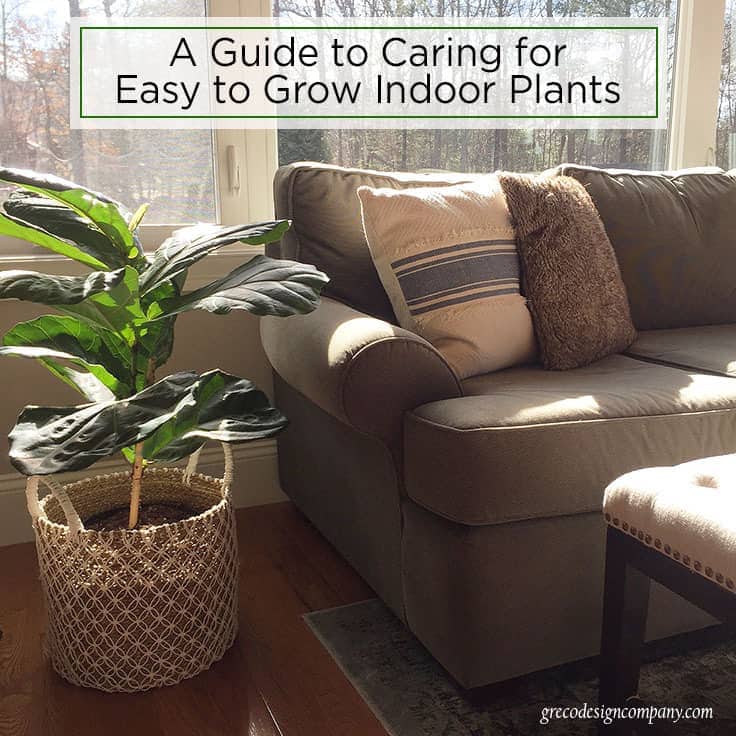
I’m definitely not a plant expert, but I’ve done a lot of research and some personal trial and error to see what works best. I hope this plant guide will help you when you’re searching for indoor plants that will add life to your home, beautiful color, and are easy to care for.
And if you’re like me, the easier the care is, the better chance that my plants will thrive. But some plants require a little more care than others or are best in certain locations. So before you buy your plants, consider where your plants will be going and how much time and energy you are able to put into caring for your plants.
I did a few watercolor paintings with some helpful tips of the 9 indoor plants that I found to be the best and easiest to look after. Hopefully this will help you take care of the ones you already own or to pick out new ones for your home.

And my 9 favorite easy to care for indoor plants:

This plant loves bright, shaded light. If you let its soil dry between waterings you won’t need to water your rubber plant more than once a week and even less in the winter (once or twice a month). If the leaves are turning yellow, wilting and dropping off then you are giving the plant too much water. If the leaves are drooping, you should increase the watering.
I need to wipe these leaves down often to keep the glossy appearance of the leaves. The rubber plant doesn’t like to be moved around so it’s best to leave it when you’ve found your plant a nice spot in your house.
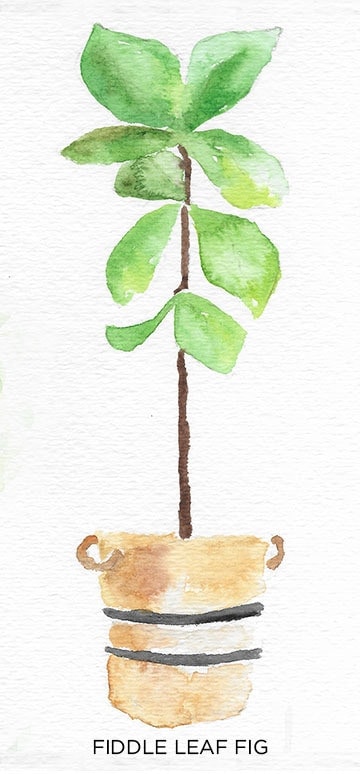
It gets its name from its oddly-shaped leaves that resemble violins, or fiddles. Fiddles like bright, indirect sunlight so keeping them within a foot of a large window is ideal. You’ll need to water your fiddle once a week, and allow the soil to dry between waterings.
Fiddles also love humidity which isn’t so good when the air gets dry in winter. The leaves of my Fiddle Leaf Fig tend to get brown edges but I find it helps if I spray them once a week. A good sign of a healthy fiddle is when the leaves are a vibrant green.
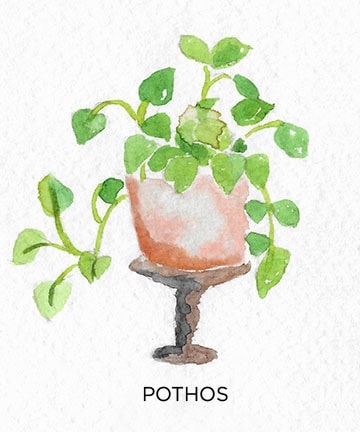
These plants are vitually unkillable. I water mine sporadically but since they’re susceptible to root rot, don’t allow the soil to become too wet. I love this plant too because of it’s leggy growth. I tend to clip the long hanging leaves and vines and this keeps them fuller.
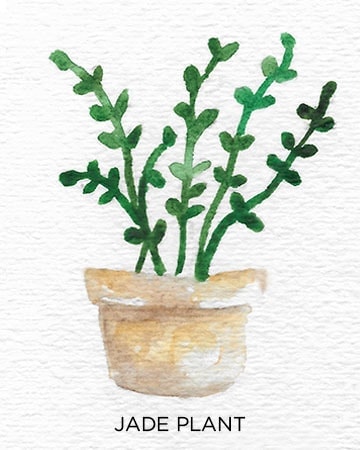
Jade plants are a tough succulent and thrive best in bright sunlight. Watering is needed about once a week. If your jade plant sheds leaves or has brown spots, it probably needs more water. Since they are known to get top heavy, I recommend a sturdy planter pot to prevent them from tipping over.
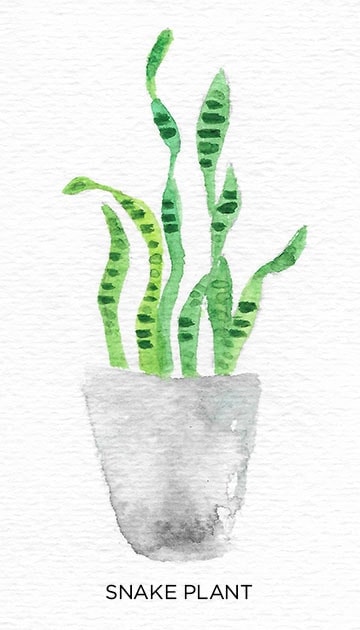
This plant is great for beginners because it grows in any lighting condition. And it can go for up to a month without water so be sure to keep the soil relatively dry. If you see its leaves drooping and becoming slimy, it means that the soil is too wet. Remove any affected leaves and adjust your watering frequency. The points of the leaves can become very sharp too, so it may be necessary to prune them. Simply clip off the sharp points whenever they appear.
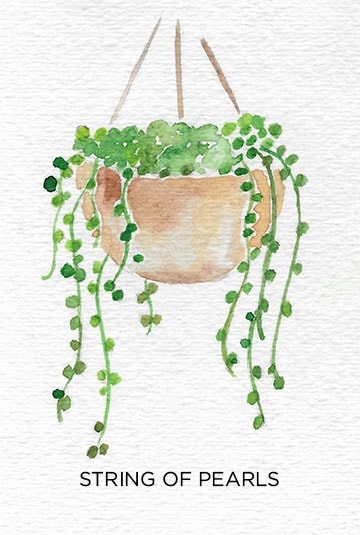
This unique and pretty plant resembles a beaded necklace and it thrives in bright, direct sunlight. It can survive long periods without water and in fact, watering your string of pearls too often increases its chances of root rot. You may need to prune back any dead stems and pearls to keep your plant looking neat and tidy.
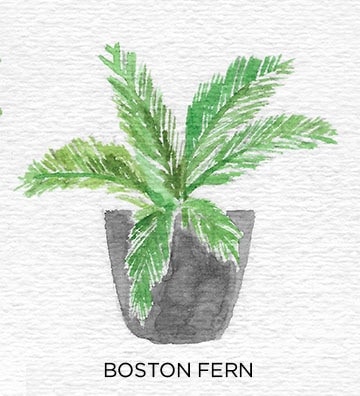
This hearty plant is one of my favorites – maybe because it’s named after my city. Boston ferns like a cool place with high humidity and indirect light. To help your fern get the humidity it needs, you can set the plant’s pot on a tray of pebbles filled with water. You can also try lightly misting your fern once or twice a week.
You should be sure to keep your fern’s soil damp. Dry soil is one of the number one reasons that Boston ferns die. But they are so pretty and grow so lush, I think you’ll love both the color and texture they add to your home.
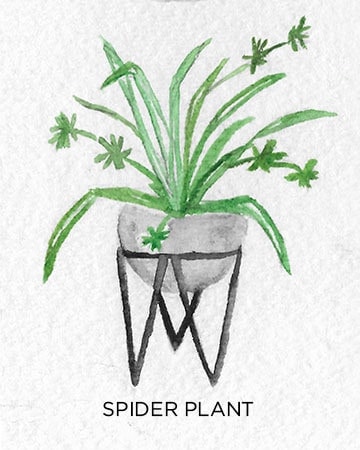
The spider plant grows best in bright to moderate indirect sunlight. Spider plants do not appreciate direct, hot sunlight! Spider plants are prone to tip burn, which is usually caused by dry soil or tap water that contains a lot of salt and fluoride. Avoid using fluoridated water and simply cut off any brown tips if they occur.
What I love most about spider plants is that they produce “pups,” or offshoots from the adult plant. These can be removed and replanted to start new plants. For the best results, allow the pups to reach approximately two inches in diameter before removing them from the mother plant.
I have set pups – while still attached to the mother plant – into pots of soil placed next to the mother plant. Once the pups have rooted themselves to the soil, they can be cut loose from the mother plant. It’s really cool to see how this happens. These are great plants to help reduce indoor pollutants.
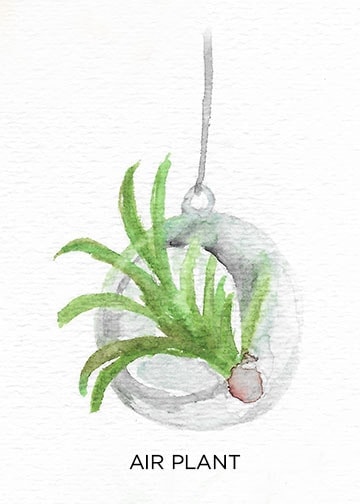
Air plants or tillandsia, are having a moment right now. They require no soil and limited watering. They are great for terrariums and should be placed in bright, but filtered sunlight. Their roots act as anchors and their leaves absorb moisture and nutrients.
I water my air plants about once a week and I place them in a bowl of water and leave overnight. I take them out the next morning and they’re all set to go back where I had them. And I haven’t killed one air plant. yet.
And here are some general indoor plant care tips to keep in mind:
Sunlight
All plants need sunlight but the type of sunlight needed by each plant is different. Some plants like the direct sun hitting their leaves while others like reflected sunlight. If your plant is being exposed to too much light, the leaves tend to be dull and have brown edges or spots.
Watering
For most plants, it’s better to underwater than overwater, as too much water can make them susceptible to rot. Make sure your pots have drainage holes so that the roots stay healthy, too. I usually drain mine in the sink when I water them. Yellowing leaves are often a sign of overwatering. The easiest test to see if your houseplant needs water is to stick your finger about an inch into the soil near the edge of the pot, and if the soil is dry, your plant is thirsty. When watering, give your plant enough so that it soaks the soil, but then pour out any excess water that doesn’t get absorbed by the plant.
Cleaning
Dust and insects can interfere with how well the plant “breathes” through its leaves and it can prevent disease. Your plant will also look much more vibrant with clean, shiny leaves. I suggest using a clean, damp cloth to wipe the leaves down.
Location
Once you know much light your plant needs, find a place that works and keep it there. Plants have a hard time adjusting to a new location. Also, If you notice your plant leaning – it’s usually towards sunlight, and that’s ok. You’ll just need to rotate it every so often.
Pruning
Be sure to remove dead flowers or buds so new ones can grow in.
Potting
Cover the roots completely with soil and leave enough room in the pot for the roots to grow. If needed, transfer your plant to a bigger pot.
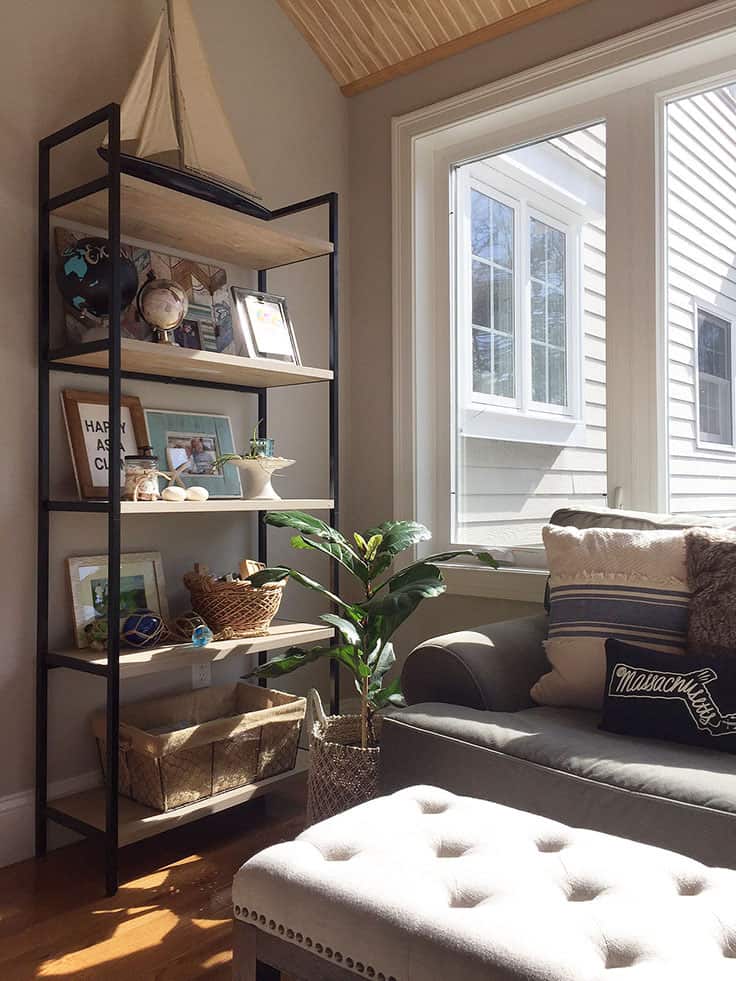
As you can see, indoor plants can add a beautiful touch of life to any room.
Looking for a great way to hang your indoor plants? Check out this fun tutorial on How to Make a Macrame Plant Hanger with Easy Supplies!
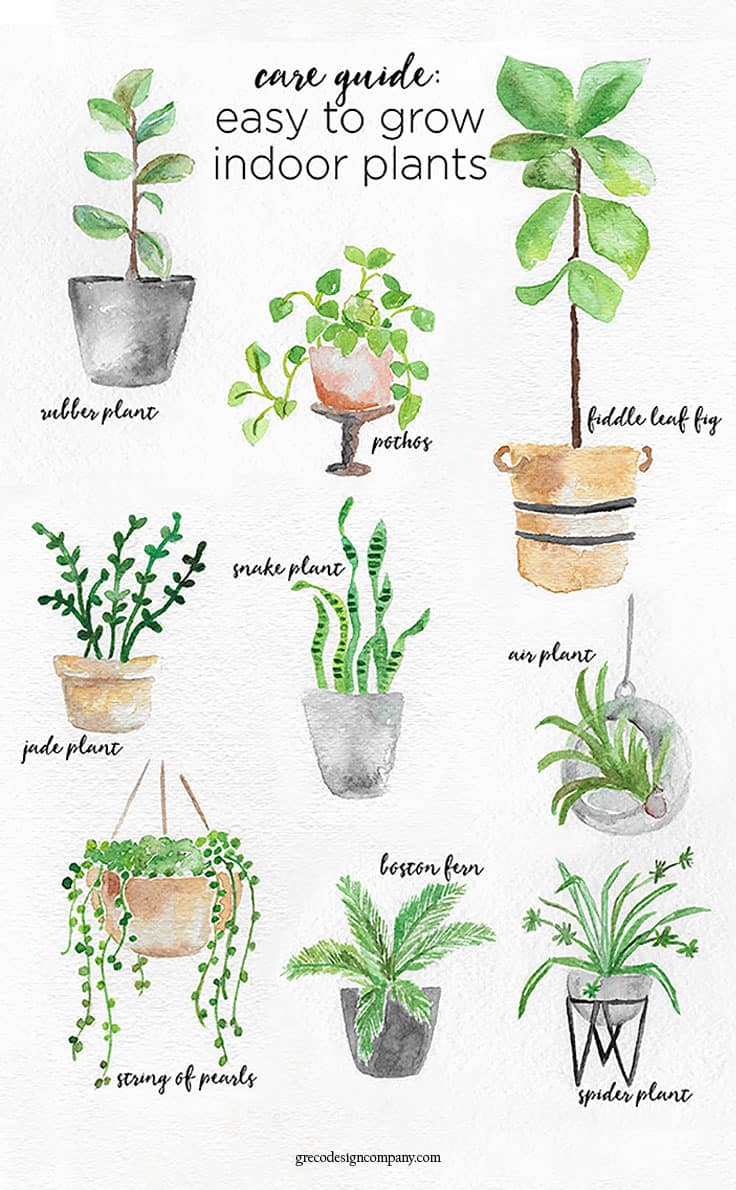
I hope you find this guide helpful and be sure to Pin it for later! Check out these other posts featuring indoor plants and greenery.
One Room Challenge™ Bedroom Makeover – Lighting, Artwork & Plants
Love the ideas you see here on Ideas for the Home by Kenarry®? Subscribe today to get our weekly Ideas in Your Inbox newsletter plus other exclusive gifts and offers — all for FREE!
What’s Next?
While you’re here, be sure to check out other home decor ideas on Ideas for the Home by Kenarry® –


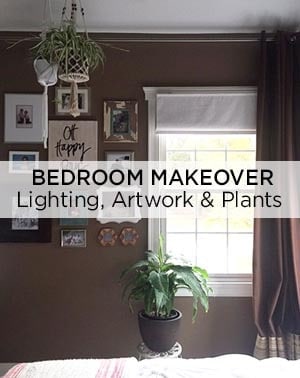
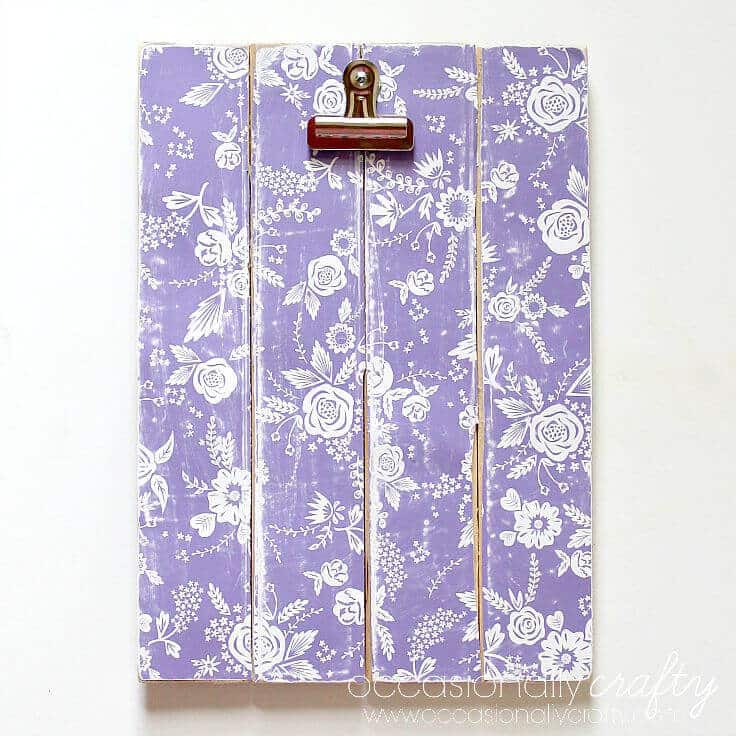
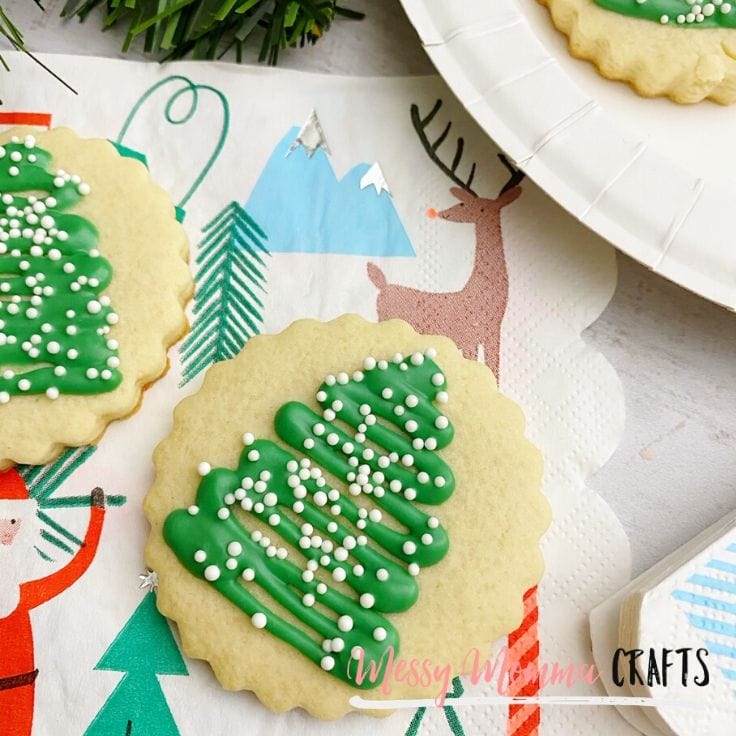
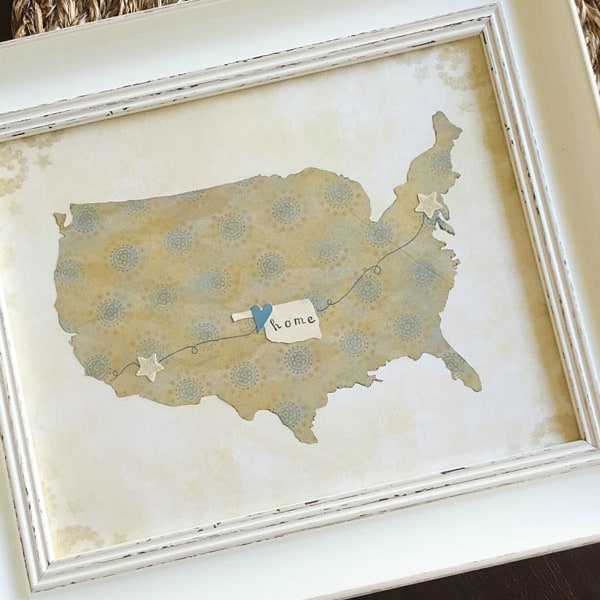
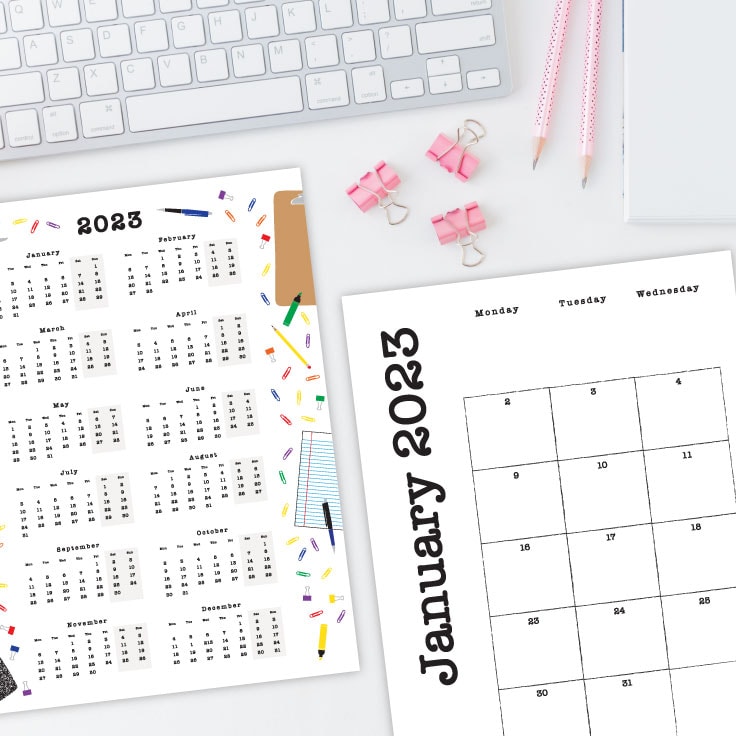
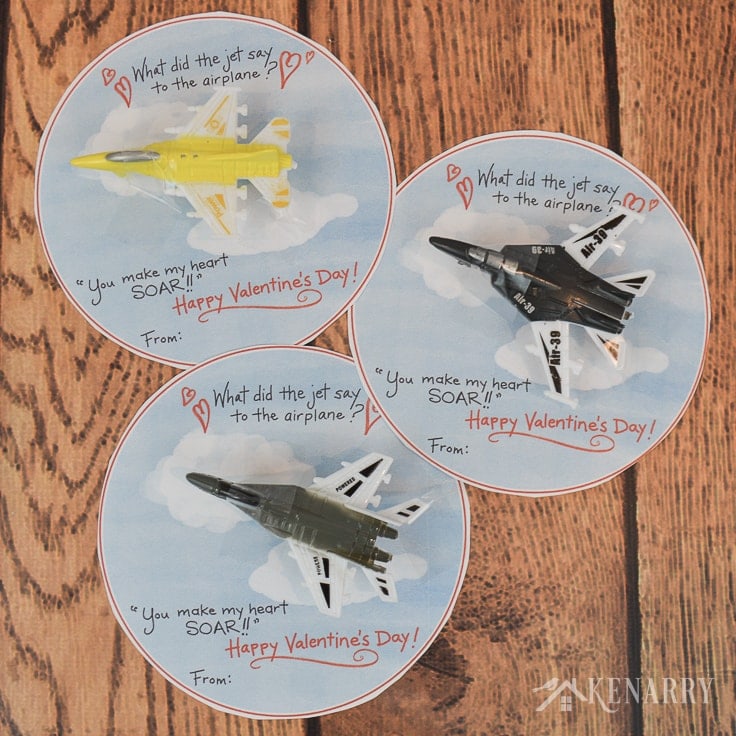
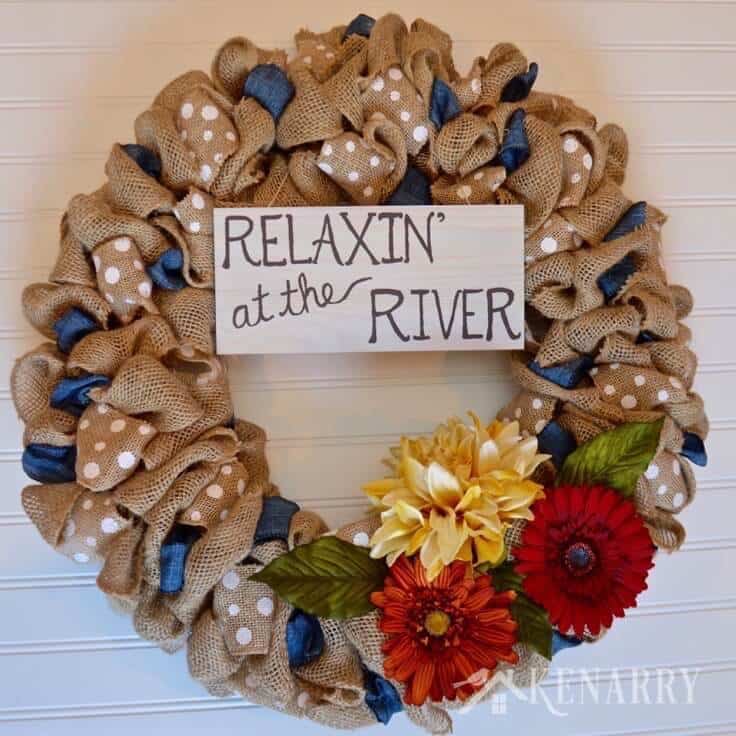
One Comment